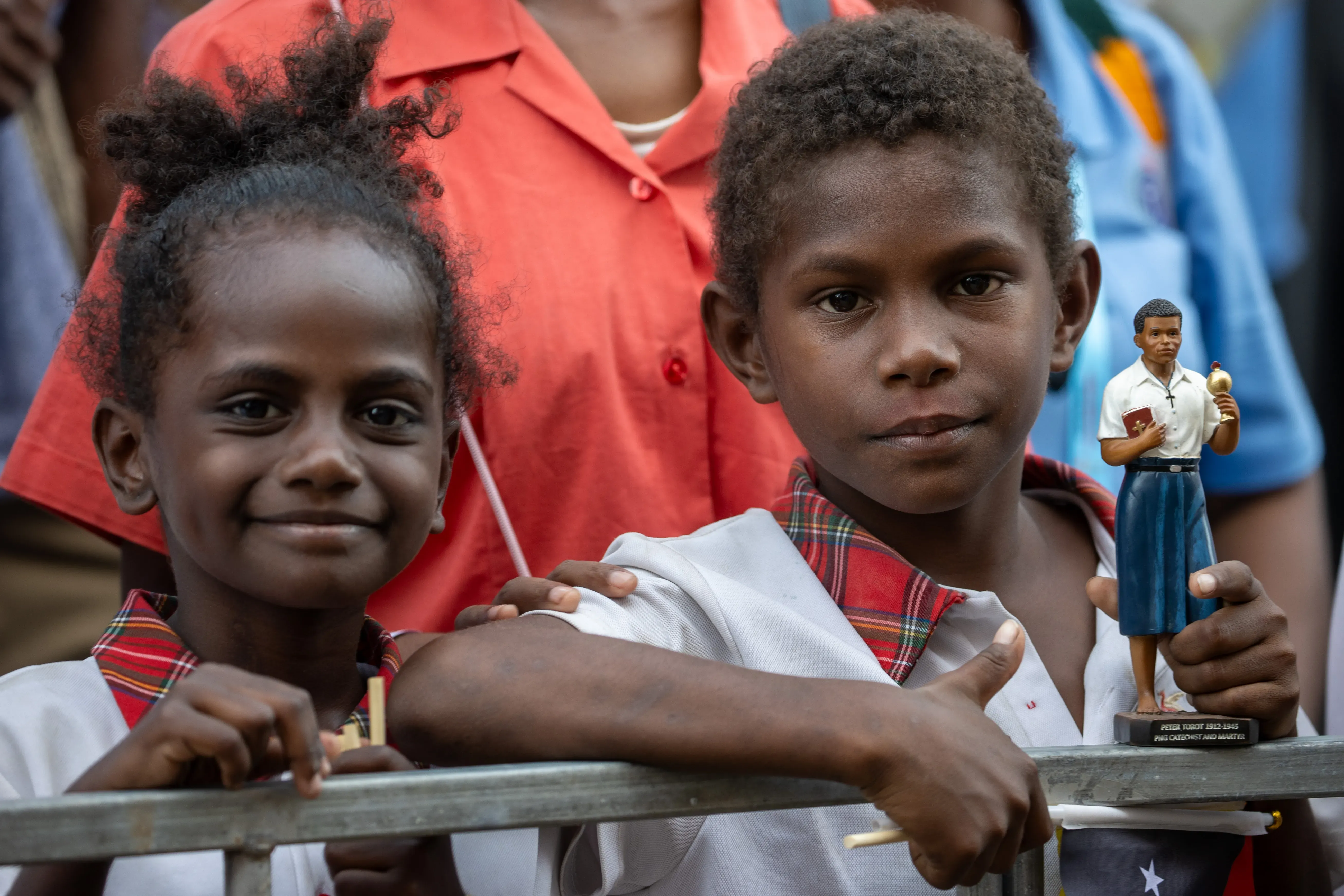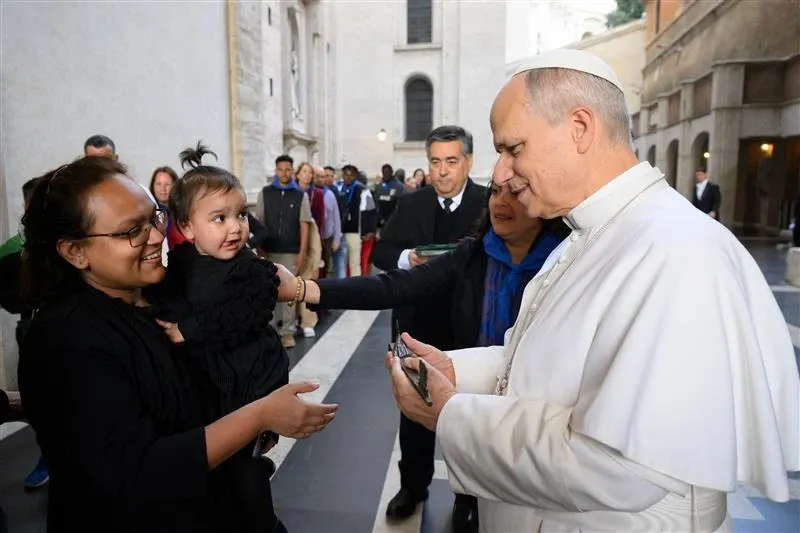Port Moresby, Papua New Guinea, 08 September, 2024 / 11:25 am (ACI Africa).
During Pope Francis’ apostolic journey to Papua New Guinea, the pope reflected on the profound sacrifices made by early Catholic missionaries and martyrs in the region who ventured deep into the unexplored rainforests to bring the Gospel to “the ends of the Earth.”
Speaking to Catholics from across the island gathered at the Shrine of Mary Help of Christians in Port Moresby, the pope honored the enduring legacy of those who brought Christianity to the Pacific island.
“Missionaries arrived in this country at the middle of the 19th century, and the first steps of their ministry were not easy. Indeed some attempts failed. However, they did not give up,” Francis said.
“With great faith, apostolic zeal and many sacrifices, they continued to preach the Gospel and serve their brothers and sisters, starting again many times whenever they failed,” he said, highlighting how missionaries, through their “starts” and “restarts,” courageously laid the foundation for the Catholic Church in Papua New Guinea.
Christianity was introduced to Papua New Guinea by Marish missionaries who arrived on Woodlark Island in 1847, only to be forced to withdraw the following year. They were followed five years later by missionaries from the Pontifical Institute of Foreign Missions, but they, too, were forced to leave after three years of work on the island. The first Mass would be offered in Papua New Guinea more than 30 years later on July 4, 1885, by French missionaries on Yule Island.









